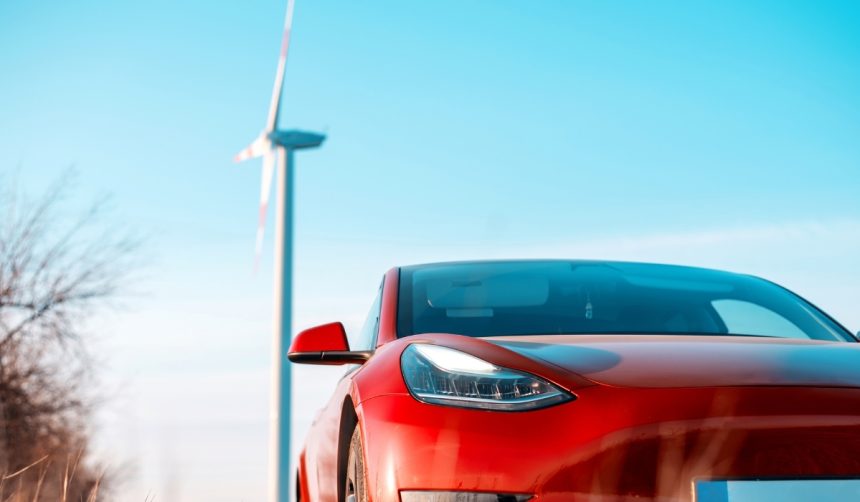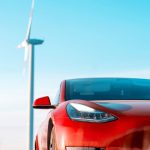Recent adjustments to the U.S. automotive tariff program bring significant implications for domestic car manufacturing. With Tesla emerging as a notable beneficiary, the revised tariffs could herald substantial shifts in industry dynamics. While at first glance the changes might seem to favor Tesla, the reforms incentivize a broader array of manufacturers to enhance their sourcing strategies. This highlights the growing emphasis on domestic production, aiming to bolster American jobs and manufacturing capabilities. Other automakers have opportunities to benefit if they increase their use of domestic parts.
The previous landscape of automotive tariffs presented diverse challenges and opportunities for automakers. Earlier, firms like Tesla made strategic shifts towards domestic production to align with emerging policies. Historically, various automakers have contended with tariffs by balancing international and domestic manufacturing. However, with the latest changes, firms like Ford, Honda, and Chevrolet now see potential to maximize local production benefits, competing more aggressively in this evolving market environment.
What Are the Recent Tariff Adjustments?
Under the new guidelines, vehicles containing at least 85% domestic content will not incur tariffs. This reform aims to encourage automotive companies to source components locally, thus supporting the national economy. As part of this initiative, U.S. automakers receive up to 15% credit for vehicles’ value to help mitigate costs linked to imported parts. This legislative move extends beyond favoring electric pioneers like Tesla, acknowledging their current vehicles that meet the 85% threshold. Yet, it extends an invitation to the broader automotive sector to harness similar advantages by increasing their local content usage.
How Close Are Other Brands to Meeting the Criteria?
Numerous brands are on the cusp of achieving the 85% domestic threshold. Automakers like Ford and Honda have models within 5-10% of meeting the requirement. Specific models such as the Ford Mustang GT and Honda Passport are edging closer. This proximity suggests that minor strategic sourcing adjustments could soon enable multiple companies to avoid tariffs, promoting a more competitive and innovative domestic auto industry.
What Impact Could These Changes Have on U.S. Manufacturing?
Encouraging local production not only places a spotlight on American manufacturing but also fosters job creation and industry growth. Analysts have observed stability as a key factor for manufacturers, due to the oscillating trade policies. The recalibrated tariff approach urges companies to prioritize relationships with local suppliers, though it comes with a transitional period of adjustment. These developments might seem a temporary disruption, yet they represent a substantial opportunity for automakers to pivot towards a more self-reliant, resilient production model.
The overarching intent of these policy changes is to revitalise American manufacturing by incentivizing automakers to shift production in-house. With Tesla leading as a significant beneficiary, other manufacturers are motivated to reevaluate their sourcing and production processes to capitalize on similar zero-tariff advantages. By doing so, the auto industry could see a substantial shift towards more U.S.-centered production, establishing a robust and sustainable manufacturing ecosystem. This approach underscores the ongoing dialogue between industry needs and policy frameworks, illustrating the delicate balance of fostering growth while navigating regulatory landscapes.










